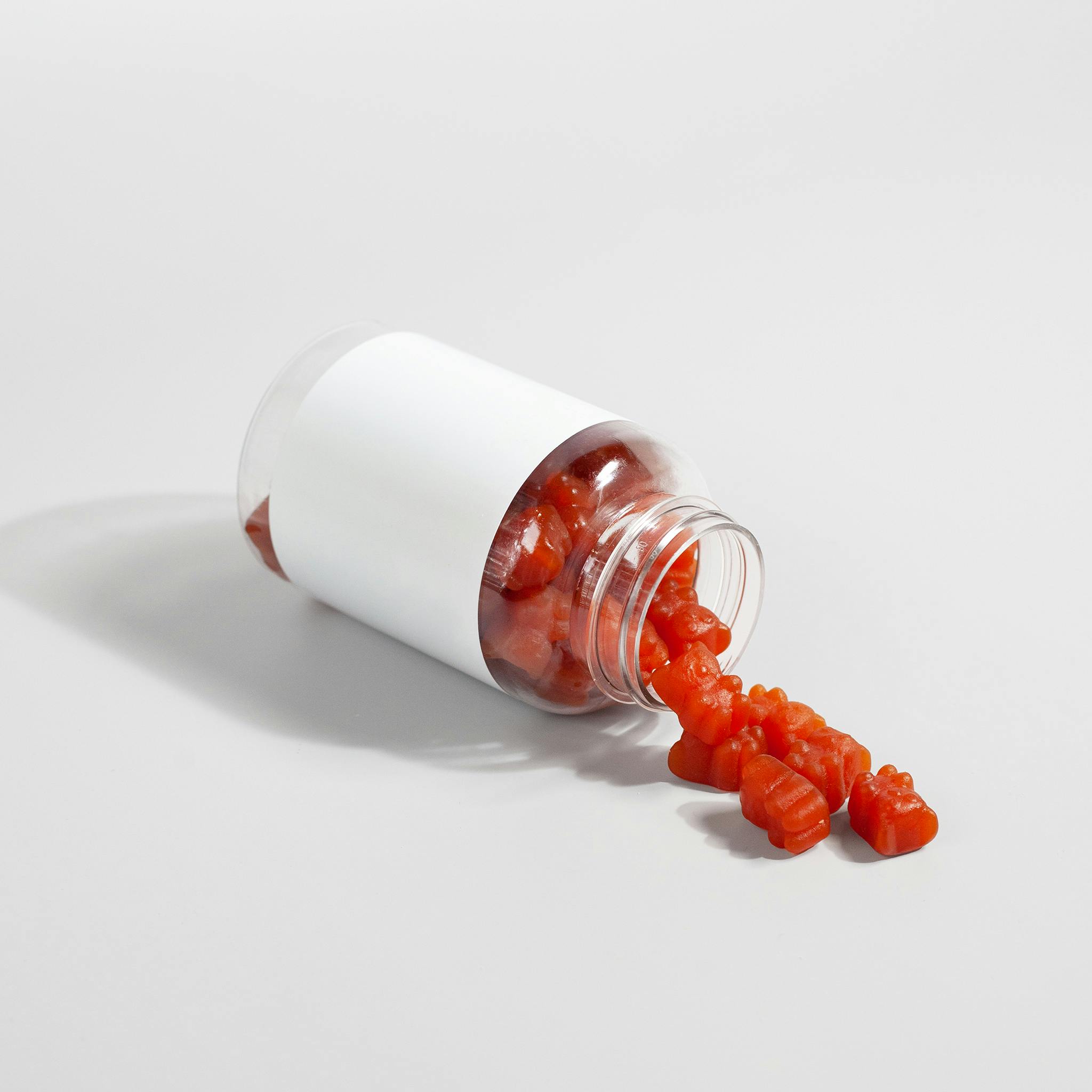To reduce pain to heel prick in newborn: comparison with six lancet devices
Published: August 31 2012
Abstract Views: 1631
PDF: 2750
Publisher's note
All claims expressed in this article are solely those of the authors and do not necessarily represent those of their affiliated organizations, or those of the publisher, the editors and the reviewers. Any product that may be evaluated in this article or claim that may be made by its manufacturer is not guaranteed or endorsed by the publisher.
All claims expressed in this article are solely those of the authors and do not necessarily represent those of their affiliated organizations, or those of the publisher, the editors and the reviewers. Any product that may be evaluated in this article or claim that may be made by its manufacturer is not guaranteed or endorsed by the publisher.
Similar Articles
- Ilaria Riccio, Elvira Pota, Marco Marcarelli, Maria Carmen Affinita, Daniela Di Pinto, Cristiana Indolfi, Nicola Del Regno, Marco Esposito, Osteonecrosis as a complication in pediatric patients with acute lymphoblastic leukemia , La Pediatria Medica e Chirurgica: Vol. 38 No. 3 (2016)
- Roberto Bellù, Manuela Condò, Breastfeeding promotion: evidence and problems , La Pediatria Medica e Chirurgica: Vol. 39 No. 2 (2017)
- Edoardo Bindi, Fabiano Nino, Francesco Pierangeli, Michele Ilari, Taisia Bollettini, Elisa Chiarella, Francesca Mariscoli, Gianluca Gentilucci, Alba Cruccetti, Giovanni Cobellis, Transumbilical laparoscopic-assisted appendectomy versus laparoscopic appendectomy in children: a single center experience , La Pediatria Medica e Chirurgica: Vol. 45 No. 1 (2023)
- Sara Uccella, Agnese De Carli, Ida Sirgiovanni, Paola Schiavolin, Giuseppe Damiano, Beatrice Ghirardi, Francesca Maglioli Carpano, Laura Bassi, Silvana Gangi, Odoardo Picciolini, Monica Fumagalli, Fabio Mosca, Survival rate and neurodevelopmental outcome of extremely premature babies: an 8-year experience of an Italian single neonatal tertiary care center , La Pediatria Medica e Chirurgica: Vol. 37 No. 3 (2015)
- Assunta Turco, Mariapina Cerulo, Fulvia Del Conte, Vincenzo Coppola, Giovanni Severino, Maria Escolino, Ciro Esposito, Correlation between FLACC scale score and analgesic requirement in children undergoing minimally invasive surgery , La Pediatria Medica e Chirurgica: Vol. 45 No. 1 (2023)
- E. Barbi, L. Badina, M. Massaro, G. Pisciotta, A. Ventura, Paediatricians’ attitudes toward pain in children with severe cognitive impairment. A regional survey , La Pediatria Medica e Chirurgica: Vol. 36 No. 4 (2014)
- Carmine Noviello, Alfonso Papparella, Mirko Bertozzi, Giovanna Riccipetitoni, Ilaria Cascone, Carmine Botta, Giulia Fusi, Veronica Vitali, Mercedes Romano, Abdominal lymphatic malformations in children: case series , La Pediatria Medica e Chirurgica: Vol. 47 No. 1 (2025)
- Salvatore Fabio Chiarenza, Lorenzo Costa, Cosimo Bleve, Torsion of cecal appendix. Report of the first Italian case and review of the literature , La Pediatria Medica e Chirurgica: Vol. 43 No. 1 (2021)
- Mario Lima, Tommaso Gargano, Giovanni Ruggeri, Francesca Destro, Michela Maffi, Laparoscopic treatment of congenital choledochal cyst and hepaticojejunostomy with extracorporeal Roux-en-Y anastomosis: technical aspects and early experience with three cases , La Pediatria Medica e Chirurgica: Vol. 38 No. 2 (2016)
- Massimo Agosti, Francesco Tandoi, Laura Morlacchi, Angela Bossi, Nutritional and metabolic programming during the first thousand days of life , La Pediatria Medica e Chirurgica: Vol. 39 No. 2 (2017)
1-10 of 93
Next
You may also start an advanced similarity search for this article.









